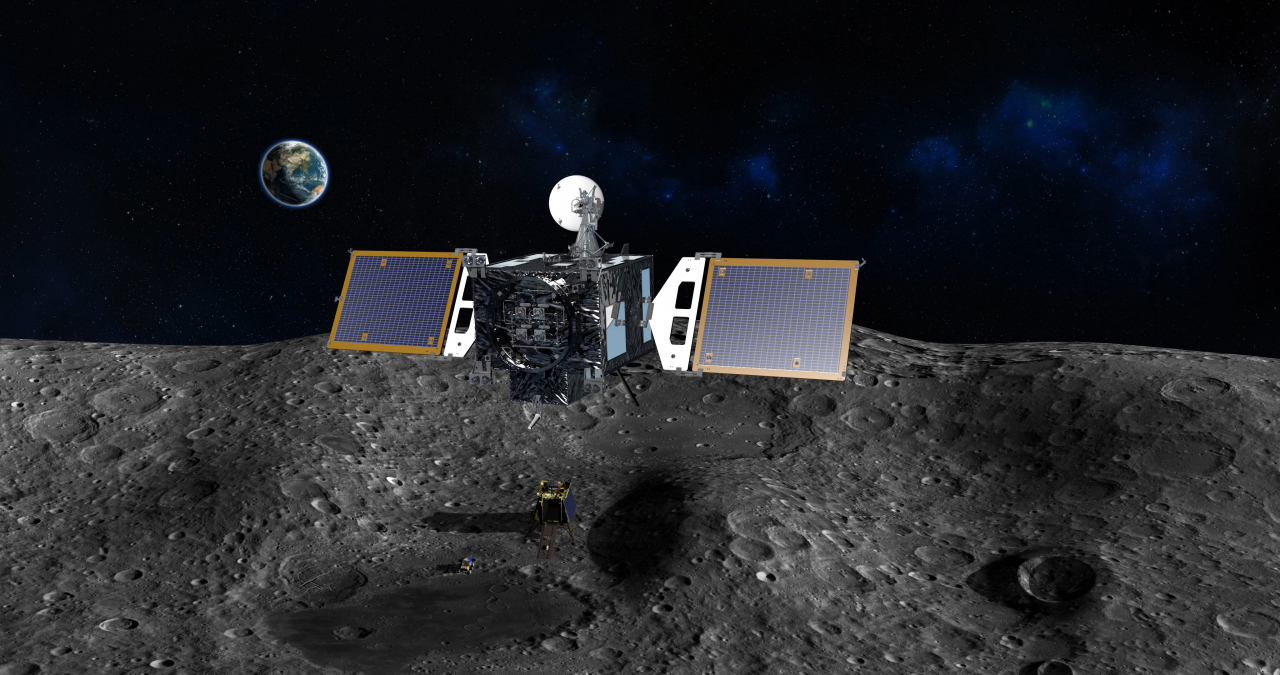Launch Date: August 4
Launch Window: 7:08pm EDT (4:08pm PDT, 23:08 UTC)
Launch site: SLC-40, Cape Canaveral Space Force Station, Florida
Core Booster Recovery: ASDS
Booster: B1052.6
Fairings: Reused - 4th time each.
Mass: 678 kg (1,495 lb)
Orbit: TLI
Yearly Launch Number: 34th
A SpaceX Falcon 9 rocket will launch the Korea Pathfinder Lunar Orbiter, or KPLO. This is South Korea’s first space exploration mission. The KPLO spacecraft carries science instruments to image permanently shadowed craters to search for signs of water ice, measure the composition of lunar regolith, and capture high-resolution images to map future landing sites.
B1052 is the ex-FH side booster that completed two successful FH launches. It sat around for 2 1/2 years and finally got converted into a traditional booster. It has subsequently completed three F9 launches. It was going to be converted back to a FH side booster for the ViaSat 3 launch in September but apparently, due to FH delays, it will do at least one more F9 launch first.

Launch Window: 7:08pm EDT (4:08pm PDT, 23:08 UTC)
Launch site: SLC-40, Cape Canaveral Space Force Station, Florida
Core Booster Recovery: ASDS
Booster: B1052.6
Fairings: Reused - 4th time each.
Mass: 678 kg (1,495 lb)
Orbit: TLI
Yearly Launch Number: 34th
A SpaceX Falcon 9 rocket will launch the Korea Pathfinder Lunar Orbiter, or KPLO. This is South Korea’s first space exploration mission. The KPLO spacecraft carries science instruments to image permanently shadowed craters to search for signs of water ice, measure the composition of lunar regolith, and capture high-resolution images to map future landing sites.
B1052 is the ex-FH side booster that completed two successful FH launches. It sat around for 2 1/2 years and finally got converted into a traditional booster. It has subsequently completed three F9 launches. It was going to be converted back to a FH side booster for the ViaSat 3 launch in September but apparently, due to FH delays, it will do at least one more F9 launch first.

Last edited:



